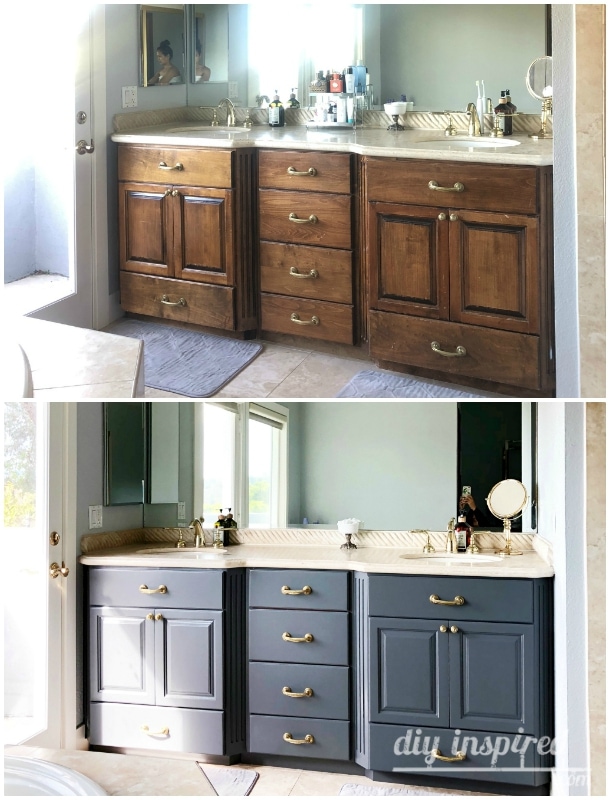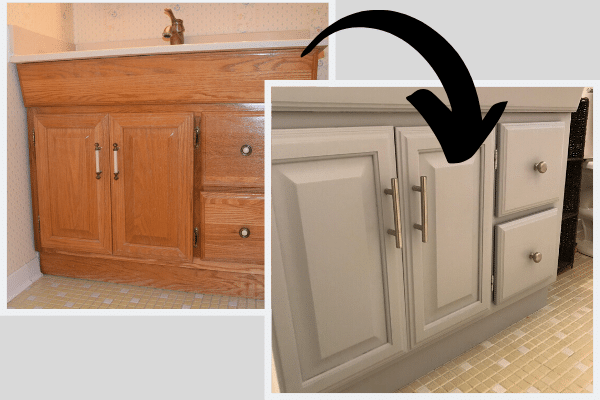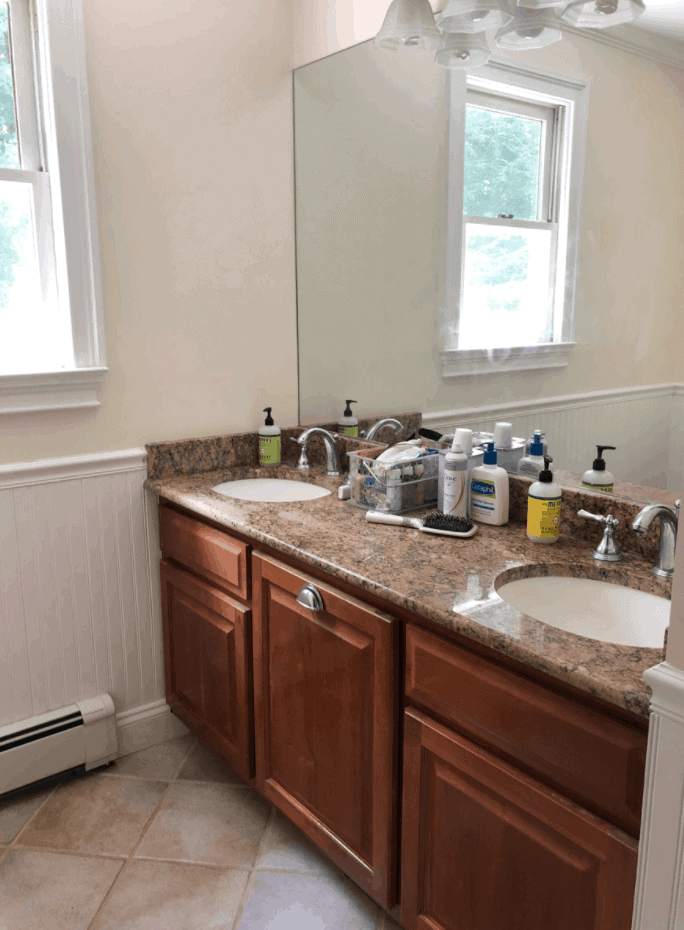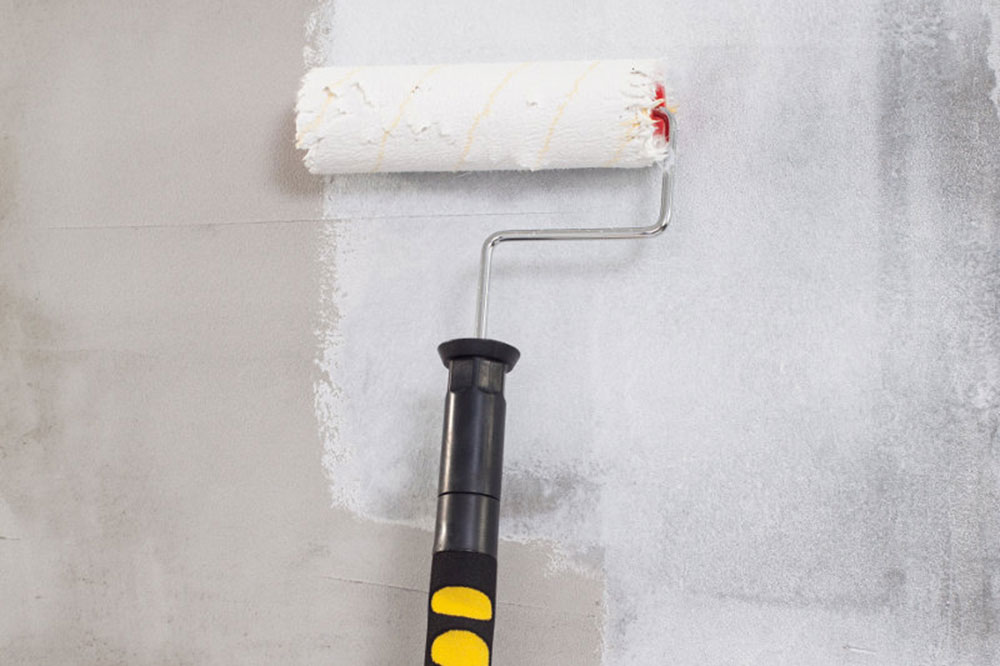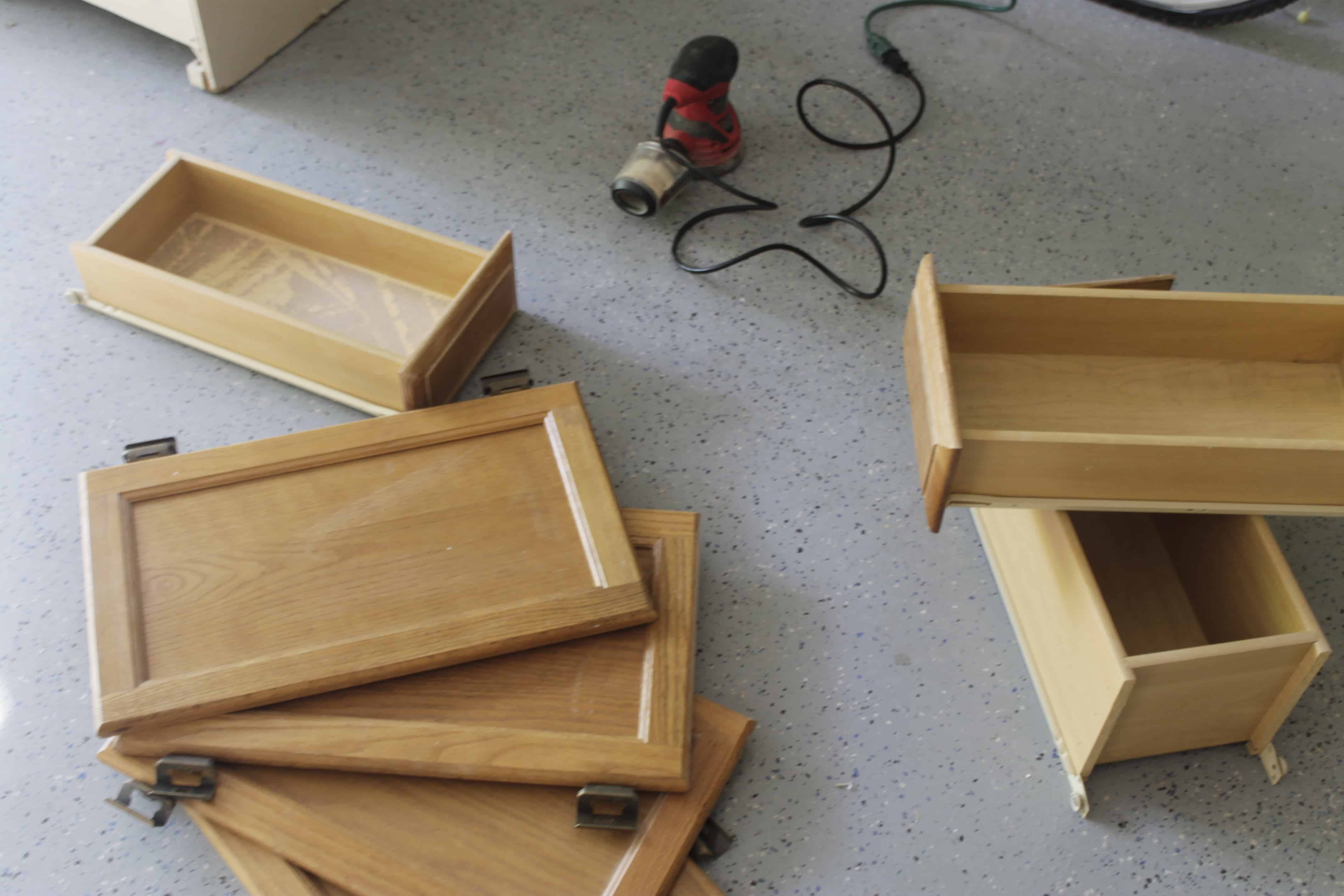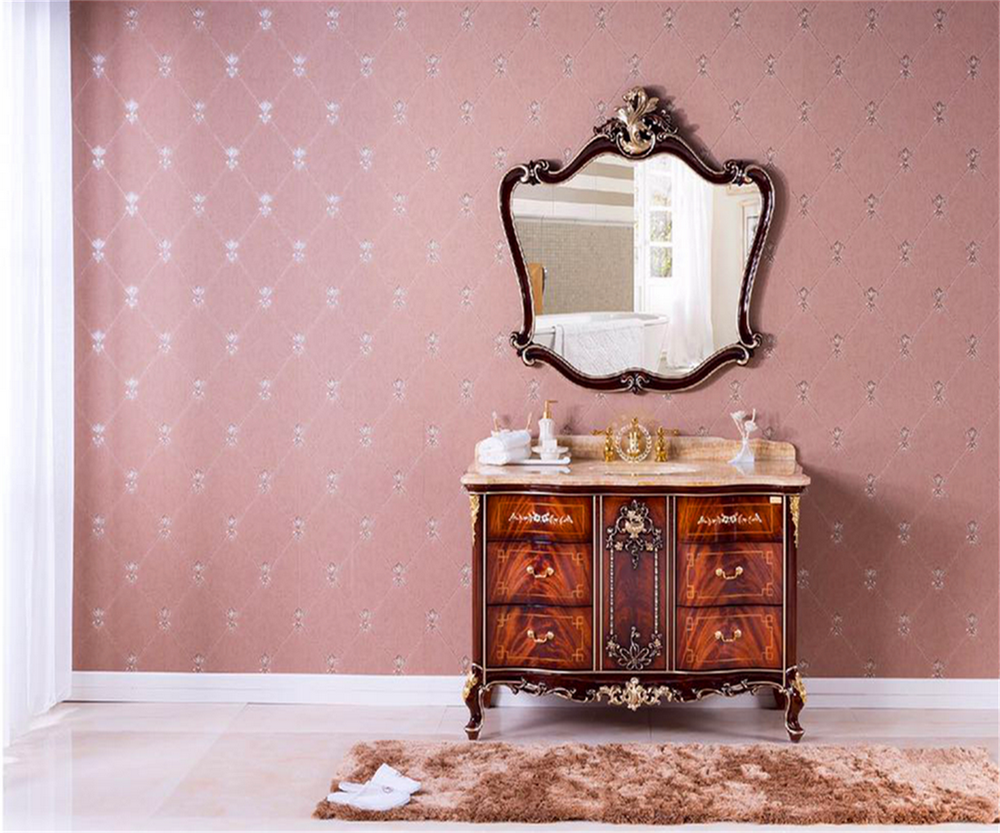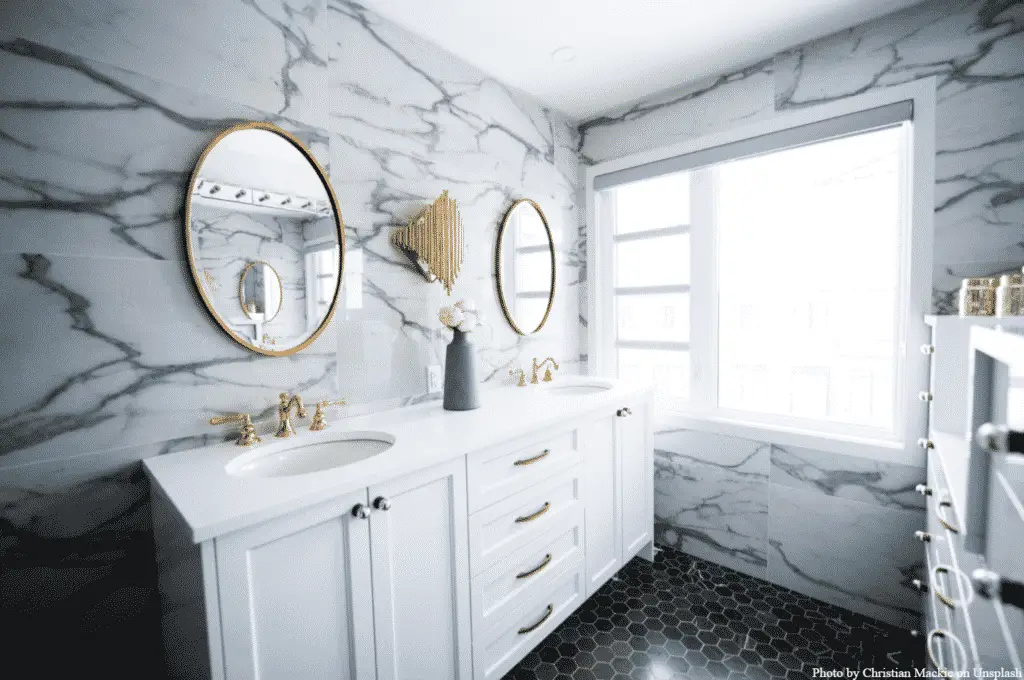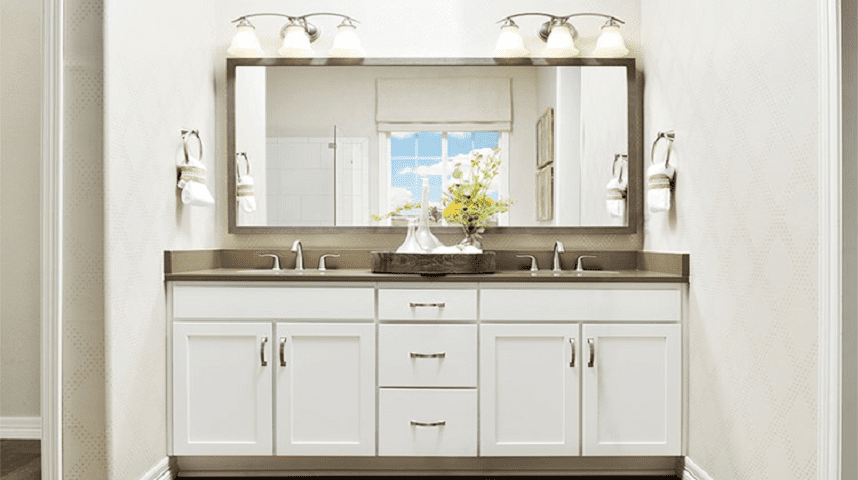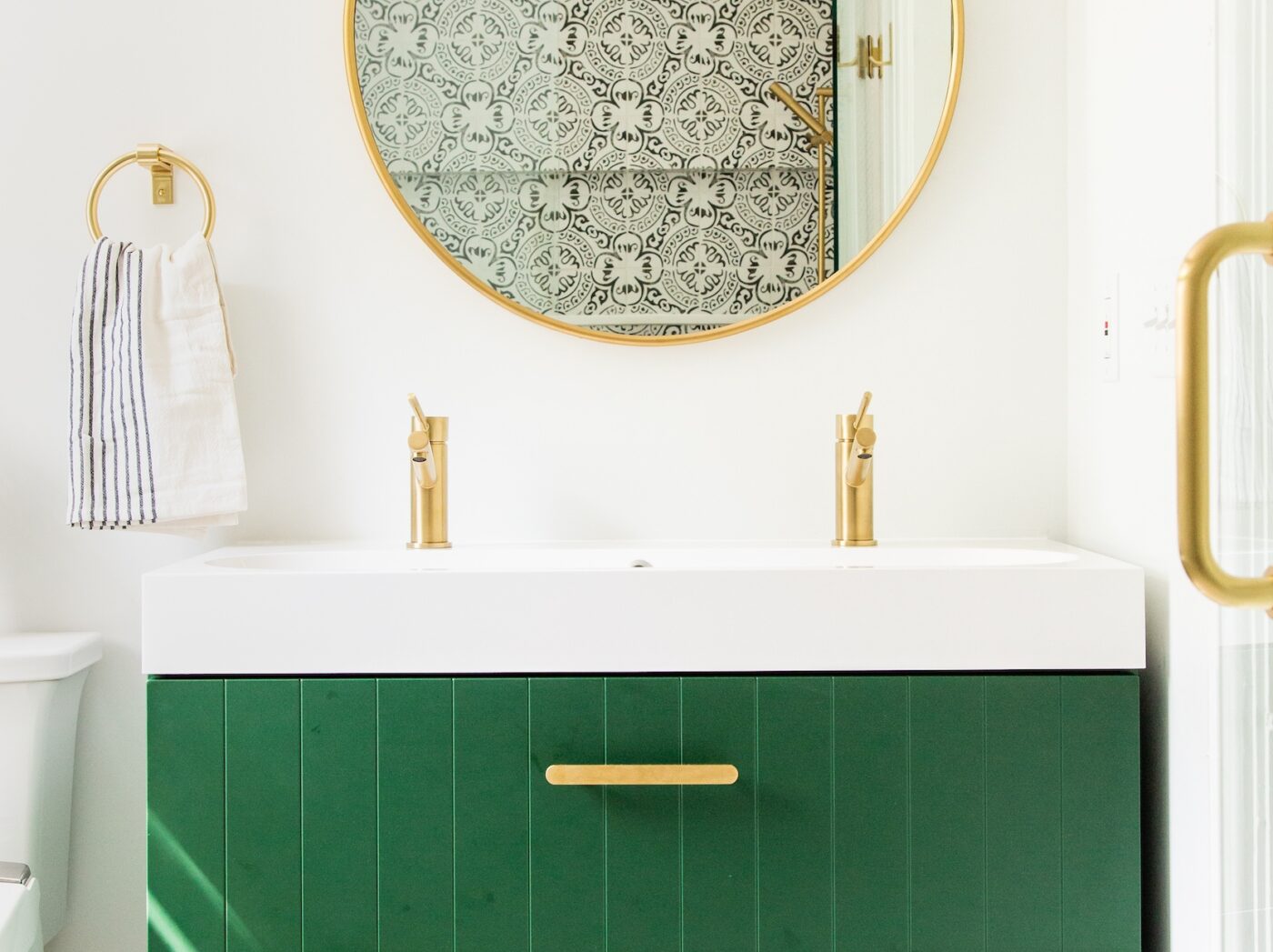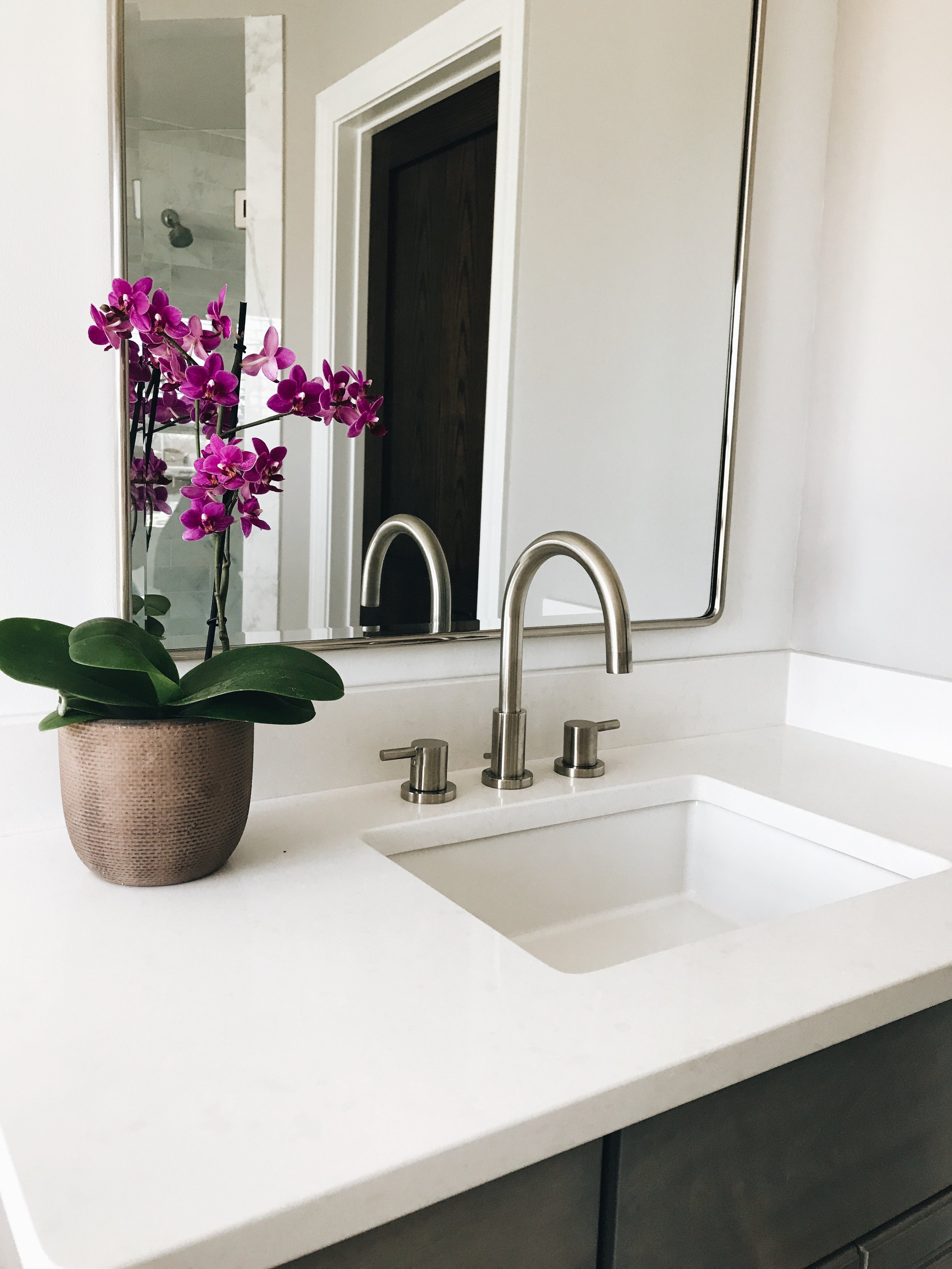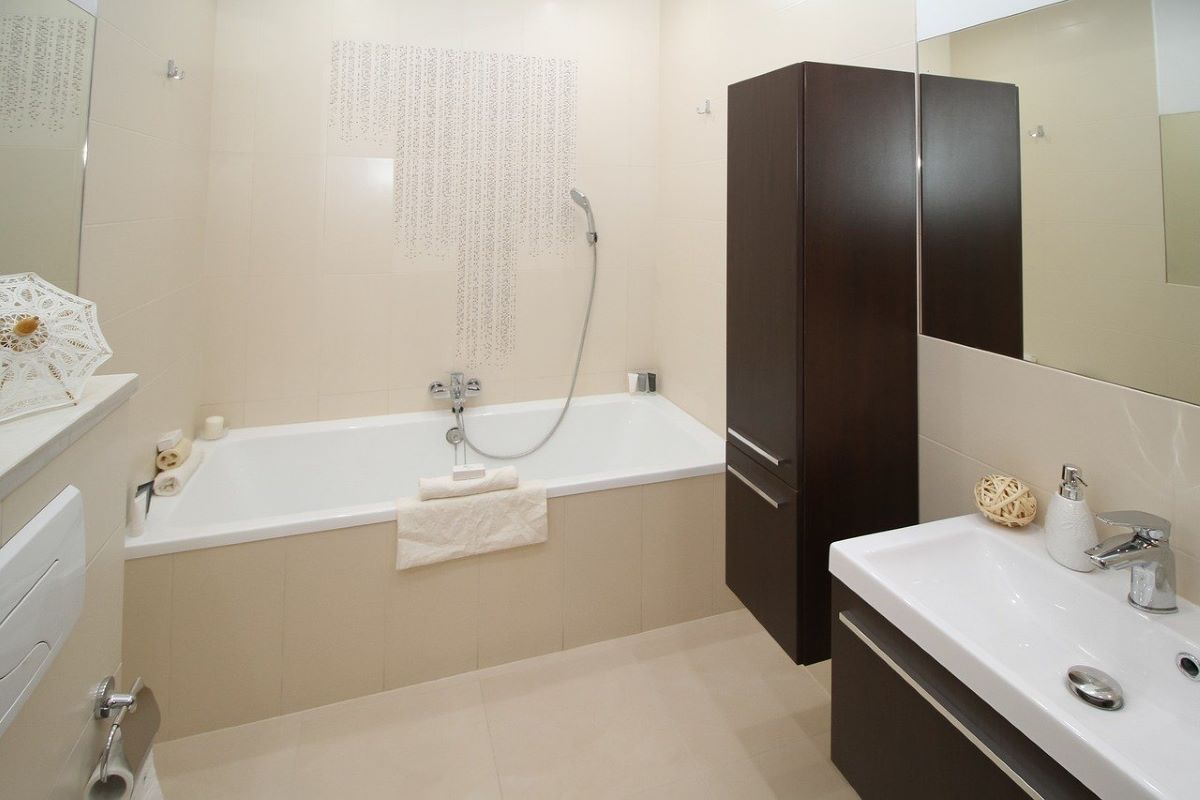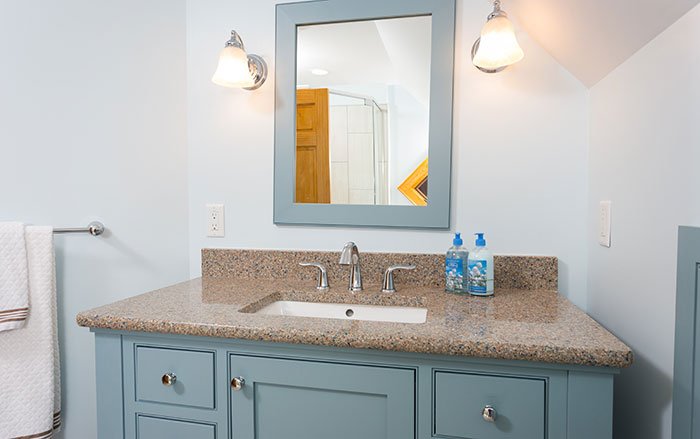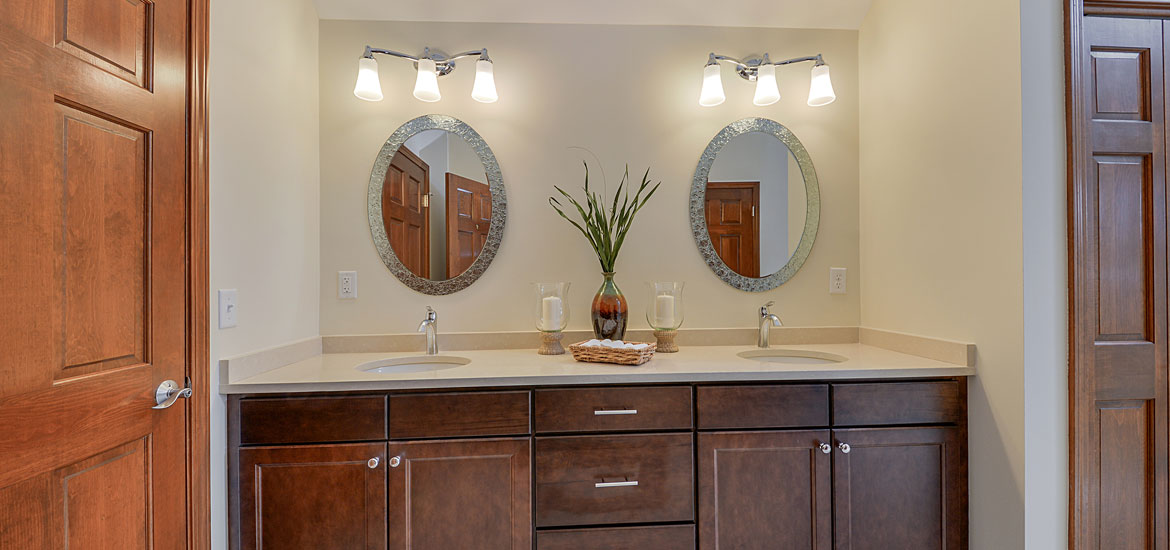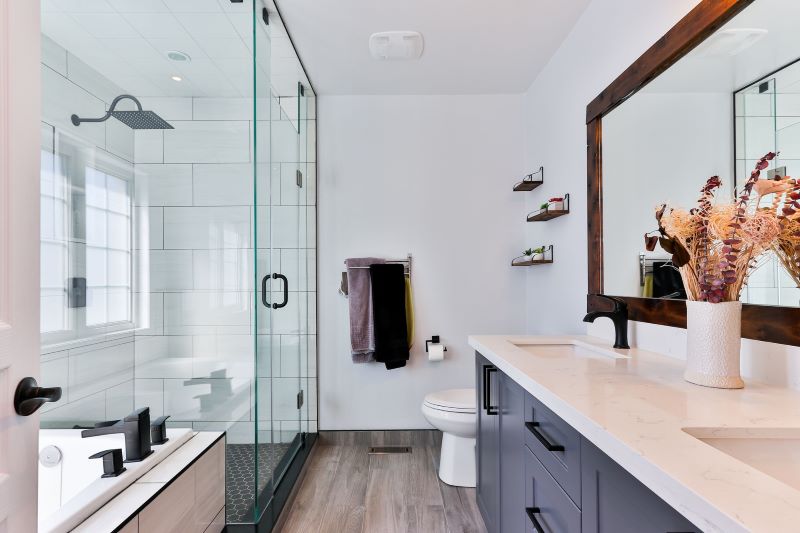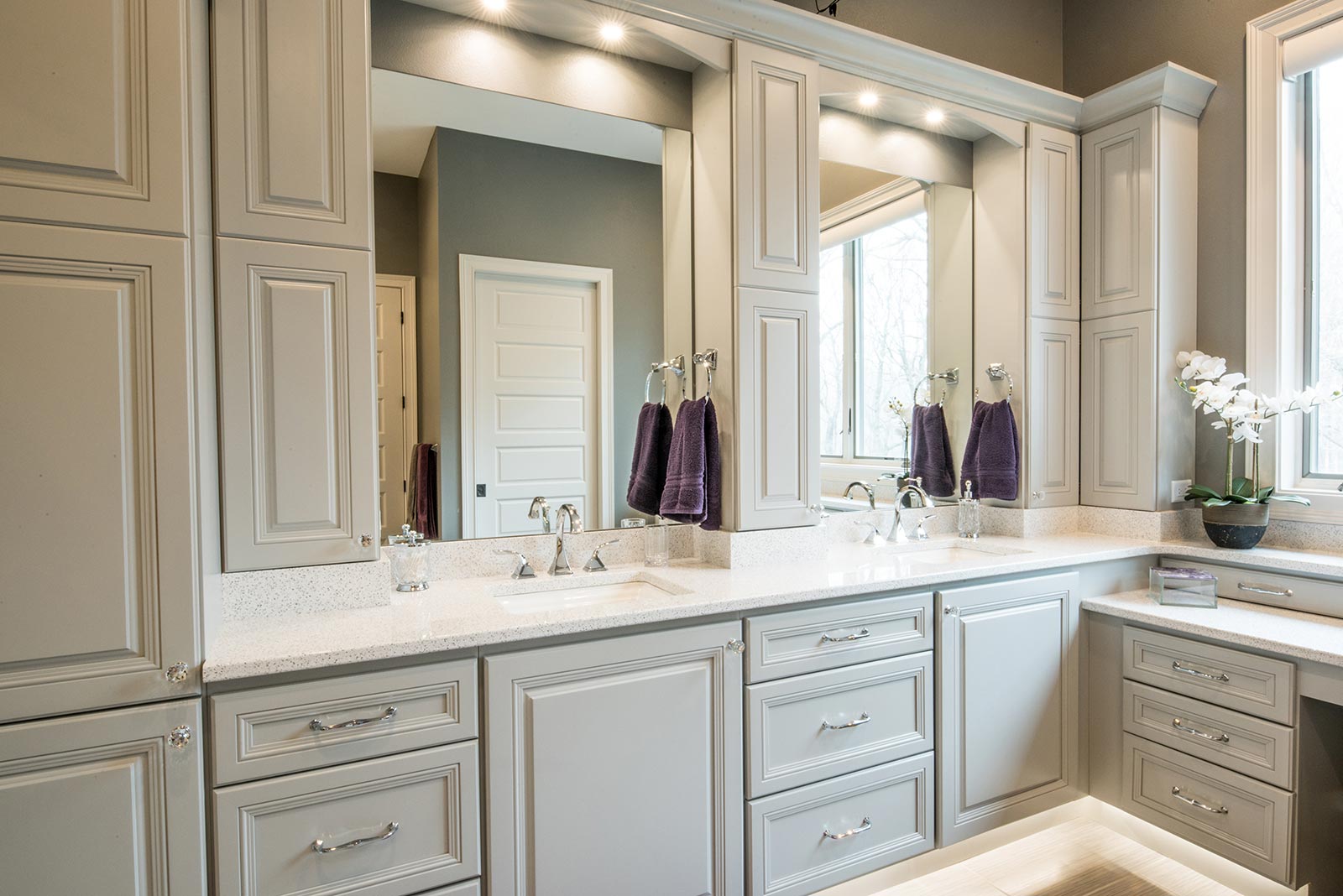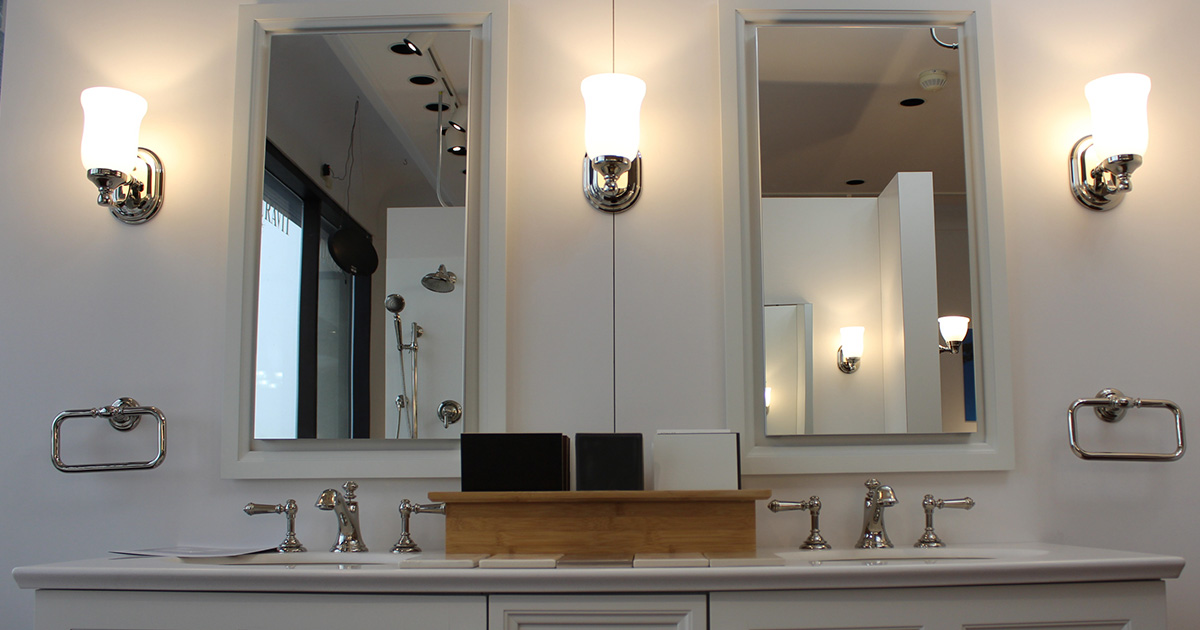When it comes to painting your bathroom vanity, many people tend to skip the step of priming. However, priming your vanity before painting is actually a crucial step that should not be overlooked. Not only does it ensure a professional and long-lasting finish, but it also has many other benefits that make it worth the extra effort. So, before you reach for that paintbrush, here are the top reasons why you should prime your bathroom vanity first.Why You Should Prime Your Bathroom Vanity Before Painting
Priming a bathroom vanity may seem like a daunting task, but it is actually quite simple and can be done in a few easy steps. First, you need to prepare the vanity by cleaning it thoroughly and sanding down any rough or glossy areas. Then, choose a high-quality primer that is suitable for your vanity's material and apply it evenly using a paintbrush or roller. Once it is fully dry, you can proceed with painting as usual. By following these steps, you can ensure that your bathroom vanity is properly primed and ready for a flawless paint job.How to Properly Prime a Bathroom Vanity for Painting
Priming your bathroom vanity has several advantages that make it a necessary step in the painting process. Firstly, it helps the paint adhere better to the surface, resulting in a smoother and more even finish. This also means fewer coats of paint are required, saving you time and money. Additionally, primer can help seal any imperfections or stains on the vanity, preventing them from bleeding through the paint. It also creates a barrier between the vanity and the paint, protecting it from moisture and potential damage. Overall, priming your bathroom vanity not only improves the appearance of the painted surface, but it also helps extend its lifespan and durability.The Benefits of Priming Your Bathroom Vanity
To ensure that your bathroom vanity is properly primed, here is a step-by-step guide that you can follow: Step 1: Clean the vanity thoroughly with a mild detergent and water. Rinse and let it dry completely. Step 2: Sand down any rough or glossy areas using a fine-grit sandpaper. Step 3: Choose a primer suitable for your vanity's material, such as a bonding primer for laminate surfaces or a rust-inhibiting primer for metal surfaces. Step 4: Apply the primer evenly using a paintbrush or roller, following the manufacturer's instructions for drying time. Step 5: Once the primer is dry, lightly sand the surface again to ensure a smooth finish. Step 6: Wipe down the vanity with a clean cloth to remove any dust or debris before proceeding with painting.Step-by-Step Guide to Priming a Bathroom Vanity
It is essential to choose the right primer for your bathroom vanity to achieve the best results. Depending on the material of your vanity, you may need a specific type of primer to ensure proper adhesion and protection. For wooden vanities, a wood primer or stain-blocking primer is recommended. For laminate or melamine surfaces, a bonding primer is the best option. If your vanity is made of metal, a rust-inhibiting primer is necessary to prevent corrosion. Before purchasing a primer, make sure to read the label and choose one that is compatible with your vanity's material.Choosing the Right Primer for Your Bathroom Vanity
While priming a bathroom vanity may seem like a simple task, there are a few common mistakes that people make that can affect the end result. These include: - Not cleaning the vanity properly before priming, leading to poor adhesion and a less durable finish. - Not sanding down the surface, causing the primer to not adhere properly. - Using the wrong type of primer for the vanity's material, resulting in a subpar finish. To avoid these mistakes, make sure to follow the proper steps and choose the right primer for your vanity.Common Mistakes to Avoid When Priming a Bathroom Vanity
One of the main benefits of priming your bathroom vanity is that it can help extend its lifespan. By creating a protective barrier between the vanity and the paint, primer can help prevent moisture and other elements from damaging the surface. Additionally, primer can also help seal any imperfections or stains on the vanity, preventing them from showing through the paint. This ensures a flawless finish that will last for years to come.How Primer Can Help Extend the Life of Your Bathroom Vanity
There are many brands of primer available in the market, but some stand out for their quality and effectiveness on bathroom vanities. These include Zinsser, Kilz, Rust-Oleum, and Benjamin Moore. When choosing a primer, make sure to read reviews and select a reputable brand that is known for its durability and ability to properly prime bathroom vanities.Top Brands of Primer for Bathroom Vanities
To achieve a professional-looking finish when priming your bathroom vanity, here are some expert tips to keep in mind: - Use a high-quality paintbrush or roller for even application. - Apply the primer in thin, even coats to avoid drips and runs. - Let the primer dry completely before sanding or applying the next coat. - Lightly sand the surface between coats for a smooth finish. By following these tips, you can achieve a flawless and long-lasting finish on your bathroom vanity.Expert Tips for Priming a Bathroom Vanity Like a Pro
In conclusion, priming your bathroom vanity before painting is crucial for achieving a professional and long-lasting finish. It not only helps the paint adhere better to the surface but also provides protection against moisture and other elements. By following the proper steps and using the right primer for your vanity's material, you can ensure a flawless and durable finish that will enhance the overall appearance of your bathroom.The Importance of Priming Your Bathroom Vanity for a Professional Finish
Why Priming Your Bathroom Vanity is Essential for a Professional and Polished Look
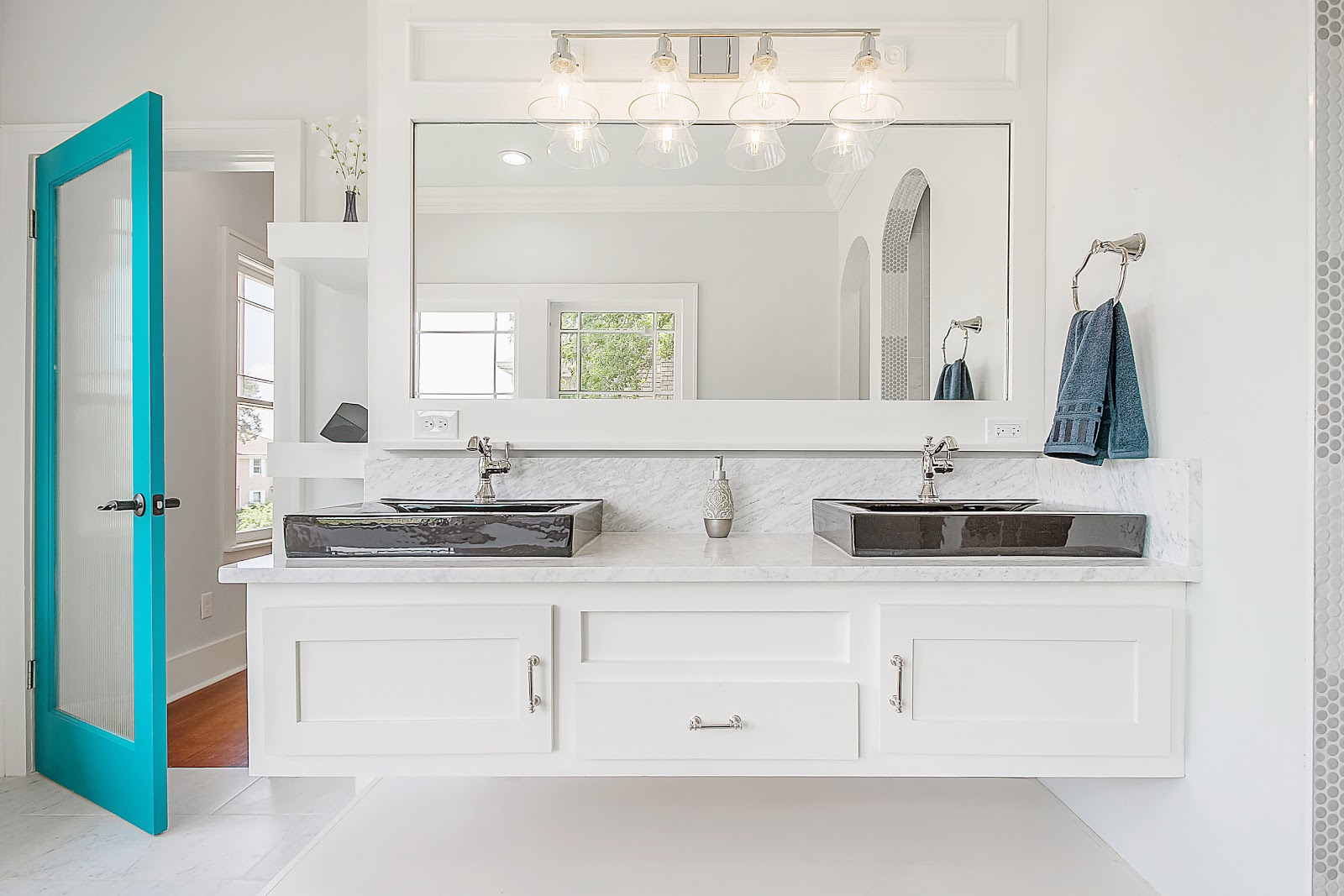
Priming: The Foundation of a Beautiful Bathroom Vanity
 When it comes to designing and decorating your home, every detail matters – including your bathroom vanity. Often overlooked, the vanity is an essential element in any bathroom and can greatly impact the overall aesthetic. Priming your bathroom vanity is a crucial step in the painting process that should not be skipped. Not only does it provide a smooth and durable finish, but it also ensures the longevity of your vanity and prevents any potential damage in the future.
When it comes to designing and decorating your home, every detail matters – including your bathroom vanity. Often overlooked, the vanity is an essential element in any bathroom and can greatly impact the overall aesthetic. Priming your bathroom vanity is a crucial step in the painting process that should not be skipped. Not only does it provide a smooth and durable finish, but it also ensures the longevity of your vanity and prevents any potential damage in the future.
The Benefits of Priming Your Bathroom Vanity
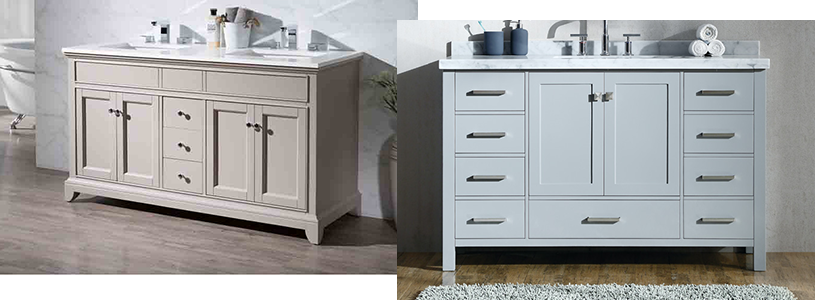 Priming your bathroom vanity provides a clean, even base for your paint to adhere to. This is especially important if you are painting over a previously painted vanity or a surface with a glossy finish. Without a proper primer, the paint may not stick properly and can easily peel or chip, leaving an unprofessional and unsightly appearance.
In addition, priming helps to seal any imperfections on the surface of your vanity, such as scratches or dents. This creates a smooth and flawless finish, giving your vanity a professional and polished look. It also prevents any potential moisture or humidity from seeping into the wood, which can cause warping or damage over time.
Priming your bathroom vanity provides a clean, even base for your paint to adhere to. This is especially important if you are painting over a previously painted vanity or a surface with a glossy finish. Without a proper primer, the paint may not stick properly and can easily peel or chip, leaving an unprofessional and unsightly appearance.
In addition, priming helps to seal any imperfections on the surface of your vanity, such as scratches or dents. This creates a smooth and flawless finish, giving your vanity a professional and polished look. It also prevents any potential moisture or humidity from seeping into the wood, which can cause warping or damage over time.
Choosing the Right Primer for Your Bathroom Vanity
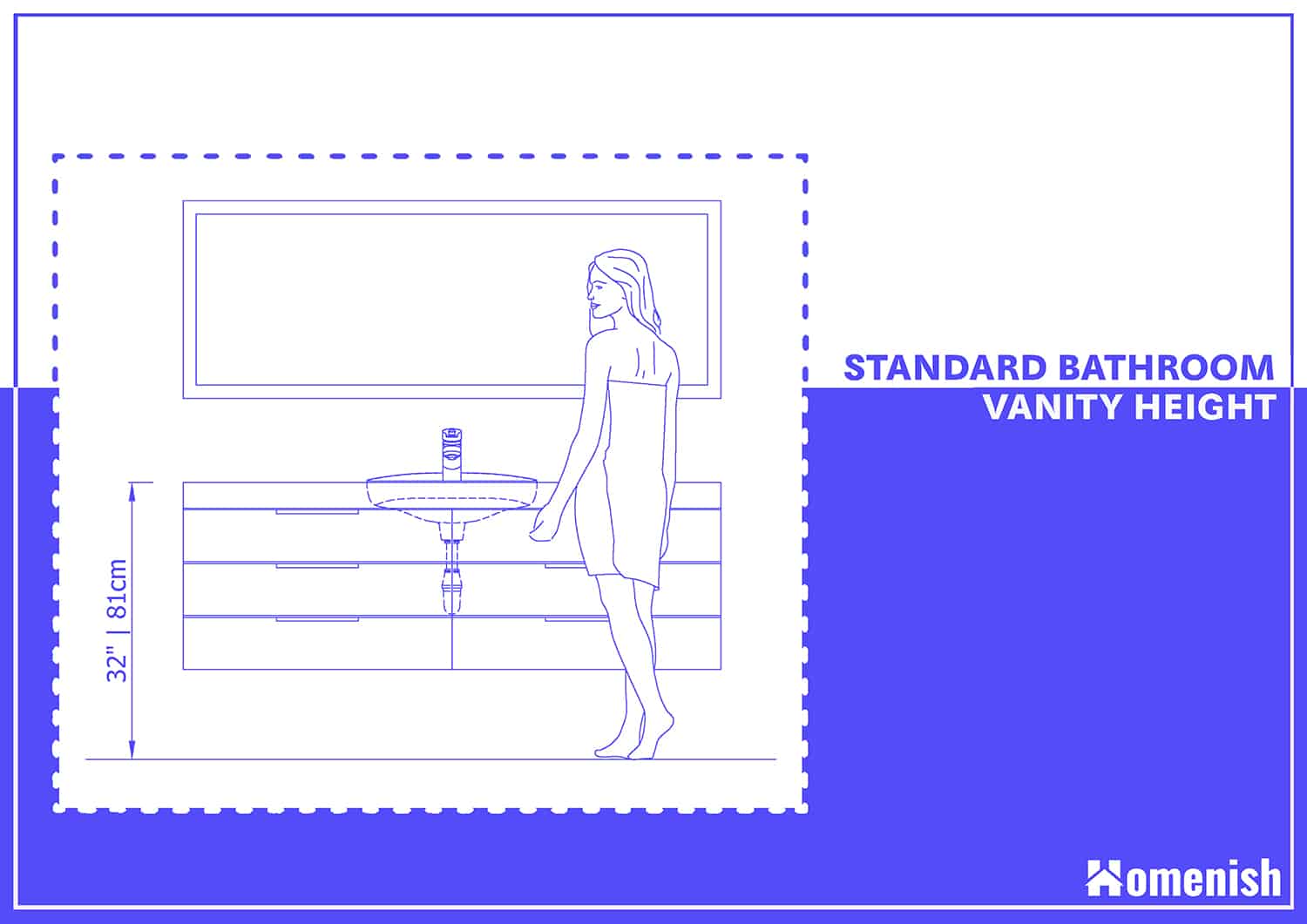 Not all primers are created equal, and it's crucial to choose the right one for your bathroom vanity.
Oil-based
primers are typically recommended for bathroom vanities, as they provide a strong bond and can withstand high humidity levels. They also have a longer drying time, which allows for better adhesion and a smoother finish.
For
vanities made of wood
, it's important to choose a primer specifically designed for wood surfaces. This will help to seal the wood and prevent any moisture from penetrating the surface.
If you are
painting a previously painted vanity
, a
bonding primer
is recommended. This type of primer is designed to adhere to glossy and non-porous surfaces, ensuring that your paint will stick and last for years to come.
Not all primers are created equal, and it's crucial to choose the right one for your bathroom vanity.
Oil-based
primers are typically recommended for bathroom vanities, as they provide a strong bond and can withstand high humidity levels. They also have a longer drying time, which allows for better adhesion and a smoother finish.
For
vanities made of wood
, it's important to choose a primer specifically designed for wood surfaces. This will help to seal the wood and prevent any moisture from penetrating the surface.
If you are
painting a previously painted vanity
, a
bonding primer
is recommended. This type of primer is designed to adhere to glossy and non-porous surfaces, ensuring that your paint will stick and last for years to come.
The Final Touch: Paint Your Bathroom Vanity with Confidence
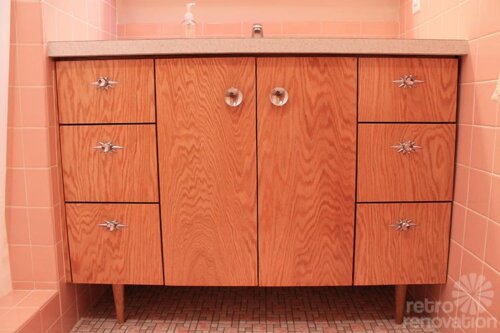 Once your bathroom vanity is properly primed, you can confidently paint it in the color of your choice. The primer will provide a strong and durable base for your paint, ensuring a long-lasting and professional finish. Whether you opt for a bold statement color or a timeless neutral, your primed vanity will be the perfect canvas for your creativity.
In conclusion,
priming your bathroom vanity
is a crucial step in the painting process that should not be overlooked. It provides a strong and durable base for your paint and ensures a professional and polished finish. So before you start painting your bathroom vanity, make sure to take the time to prime it – you won't regret it.
Once your bathroom vanity is properly primed, you can confidently paint it in the color of your choice. The primer will provide a strong and durable base for your paint, ensuring a long-lasting and professional finish. Whether you opt for a bold statement color or a timeless neutral, your primed vanity will be the perfect canvas for your creativity.
In conclusion,
priming your bathroom vanity
is a crucial step in the painting process that should not be overlooked. It provides a strong and durable base for your paint and ensures a professional and polished finish. So before you start painting your bathroom vanity, make sure to take the time to prime it – you won't regret it.
.jpg)

